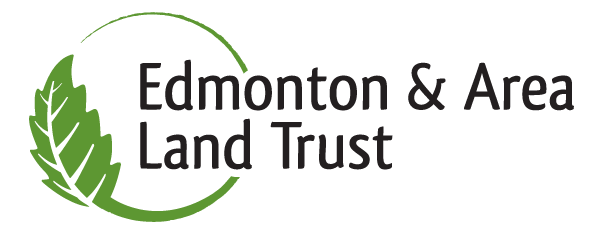1.) Plan ahead
Choose a natural area to visit, and view its page to find directions on how to get there and trail maps. If there are no detailed maps or directions posted on our website this specific conservation land is not currently open to the public.
Let someone else know where you are going and when you expect to return. Cellular service can be unreliable at many of our conservation lands.
Parking is limited to either a designated parking area, roadside parking, or both. Roadside parking is available subject to the Alberta Traffic Safety Act and local bylaws. There must be clear space for the passage of other vehicles and a clear view of the parked vehicle for 60 metres in each direction. Peace Officers may issue fines if they deem your vehicle to be an obstruction to the passage of other vehicles.
2.) Be Prepared
Check the weather forecast, and prepare for varying conditions. Bring water, food, first aid kit, sunscreen, insect repellent, extra clothing, etc.
Check the Alberta Emergency Alerts webpage and the Alberta Wildfires webpage to see if there are any active alerts or wildfires nearby.
Be aware of the potential for wildlife. Moose and deer are present on all our lands, and bears and cougars have been spotted at most of them. Travel in groups and carry bear spray. Familiarize yourself with what to do if you encounter wildife.
Trails on our sites are rustic. We recommend wearing long pants to protect yourself from scratches in case of overgrown vegetation.
Most of our conservation lands do not have bathrooms, so use the facilities before you leave home. If nature calls, find a sheltered spot away from the trail, bag and pack your toilet paper out, and bury any remains.
3.) Be Respectful
Please enjoy native plants and fungi only by observing them. Do not damage or remove native flora and fungi.
While we have our own geocaches on some of our conservation lands, please do not place your own geocaches on our lands.
Respect and quietly observe wildlife by giving them their space. Do not approach or feed wildlife.
Stay on EALT lands and do not cross onto others' private property.
4.) Minimize Impact
Stay on designated trail systems, and abide by all signage.
Off-Highway Vehicles (OHVs), including ATVs, quads, snowmobiles, dirt bikes, and other motorized vehicles are not allowed due to the impacts they have on the landscape, including erosion, soil compaction, spreading invasive plant seeds, fire risk, and noise disturbance.
Mountain biking and horseback riding can also cause similar disturbances, and are not allowed.
Keep pets on a leash and clean up after them. Find detailed information about bringing your dog here.
Campfires and smoking are not permitted at any time due to the risk of wildfire, even if fire bans are not in place. Camping is also not permitted.
Recreational drone use is not permitted.
Do not litter. Take your garbage with you.
Hunting is not permitted at most sites, but is allowed at Golden Ranches and Hicks.






